Welcome to Following Studies — an adventure through subcultures, obsessions, the things we follow & the things that follow us. I’m glad you’re here. If you think someone else would have fun hanging out with us, be sure to share.
My first introduction to the concept of supper clubs was watching Julia Ziegler-Haynes on the glory days of Vice almost ten years ago. She talked about The Dinner Bell, her supper club in Brooklyn, and I watched how she pulled together meals, dropped a cake on the floor and put on the most magical gatherings. It was true alchemy - bringing people together, caring for others, cooking good food. Even messing some things seemed like an additive to it all, like an acknowledgement that we are human, that sometimes things aren’t just a mistake.
I’ve wanted a supper club ever since. But I have never cooked professionally beyond slinging many thousands cups of coffee or the time that I worked at a coffee shop and mixed frozen eggs with cheese, folded them into burritos, wrapped the burritos with plastic wrap and stuck them into the fridge to wait for someone to shove them into what was essentially a giant easy bake oven. With that experience and a ‘can-do’ spirit that occasionally bites me in the ass, I decided why not? Seriously, why don’t you do it now? a friend encouraged. Enough said:
The Lettered Shell Supper Club was born.
My hope was that this piece was going to hit your inbox as the deep cultural history of supper clubs. Very ‘in the beginning of time, people ate food together and therefore supper clubs exist vibes,’ but here’s the thing, a deep cultural history in a newsletter is not realistic for me right now, especially not when I decided to cook for 18 people out of my home in January and spent the days leading up to and after vacillating between ‘I had the most fun in my life’ to ‘am I having a complete nervous breakdown?’
What I can offer you is this: The idea of guerilla dining is not new and that’s exactly what a supper club is - an organized restaurant experience, not in a restaurant space. People buy tickets or donate towards the dinner and for the low or high price, get cocktails and typically a coursed meal. These supper clubs can have cult followings. You can find supper clubs anywhere - in Cuba there is a longstanding tradition of supper clubs called paladares. In the US, there are plenty of pop-up dining concepts that you can still visit like Cooking with Rel’s Supper Club in Portland, OR, or ones that have shuttered but made a significant mark like Jeremy Townsend’s Ghetto Gourmet that was based in Oakland, CA.
You also, can find The Lettered Shell Supper Club, in Carlsbad, CA where two times now, we’ve made our backyard a dining experience and most recently a nod to Cajun food.
“What do we mean when we talk about Cajun Country? The simple answer is that the term is synonymous with Acadiana, a 22-parish region settled in the mid-18th century by exiles from present-day Nova Scotia. About 3,000 Acadians arrived in South Louisiana from 1764 to around 1785, and now, more than 250 years later, their creolized name, Cajun (derived from the French Acadien), can be found everywhere.”
-The Historic New Orleans Collection
What is Cajun Food?
Or even, Cajun people? If you had asked me as a teenager, I would have told you that I didn’t really know, which thoroughly horrified my father. He said one day I would care about my heritage. He was, of course, right. I do care.
Cajun people are descendants of French Canadians were expelled by the British from Acadia (Nova Scotia area) during the mid-1700s. They were French settlers that had gone to Canada during the 1600s. When the Seven Year’s War had the English wanting the French settlers to submit to the British crown, they refused. The English then expelled 11,000 settlers. Half of those settlers ultimately died. The Acadian exiles set south for America and eventually settled in South Louisiana.
I was raised in NC and there was always separation from my Cajun roots comparative to my cousins who grew up in the same zip code my Dad was from. I did not grow up a few miles from our grandparents’ house. I did not know the average price of crawfish each season. I did not speak Cajun French like my Dad (his first language). They also don’t, but still. There were ‘isms that I did not have and a deep cultural history in Louisiana that I seemed disconnected to, so my interaction with Cajun culture was what so many people’s interactions to culture is — through the food.
Cajun food, as explained to me by my Dad, is really peasant food. It’s the amalgamation of what is local and what is affordable. You can cook a Cajun roux, the base of almost everything, in a cast iron or an aluminum magna-lite pot on the stove. It’s part flour, part oil and all time. In my family, a roux is done when it’s the deep shade of peanut butter. With roux, you can brown and then smother down the snap of the holy trinity - onions, bell peppers and celery - into a gumbo or spoon it into the start of an étouffée. If you sub carrot for the bell pepper in the trinity, you’re back to the mirepoix of French cooking where it all began in the first place. Cajun food is simple food with simple ingredients where slow cooking brings out all the flavor.
But mostly Cajun cooking has always had a sense of community. After all, for communities that were historically relatively isolated from larger society, the communities themselves were close, interconnected groups that relied on each other. Nothing illustrates that better than a traditional boucherie — where families and neighbors together would process a hog in order to feed the group and preserve the meat. You couldn’t process an entire hog on your own — make all the sausages, the boudin, the stews, the cracklin’. You needed a community for that.
Back to supper club. The first supper club, I braised short ribs and served a fancy fig appetizer. I made a really strong welcome cocktail. It was good. But food that feels like me is food that has its roots in Louisiana, even if I didn’t grow up there and feel a little strange laying claim to it. For the 2nd Lettered Shell Supper Club, that’s what I cooked.
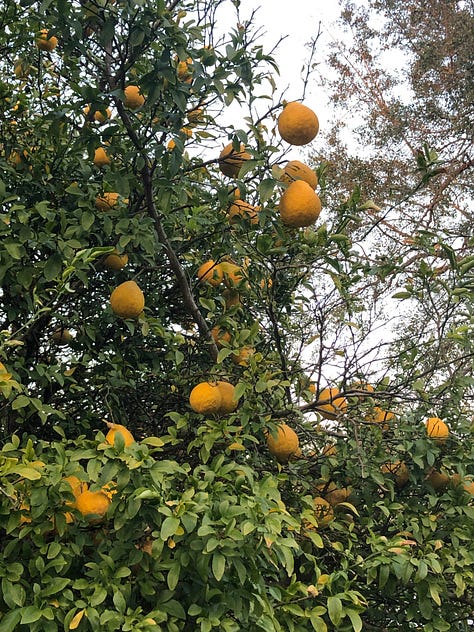
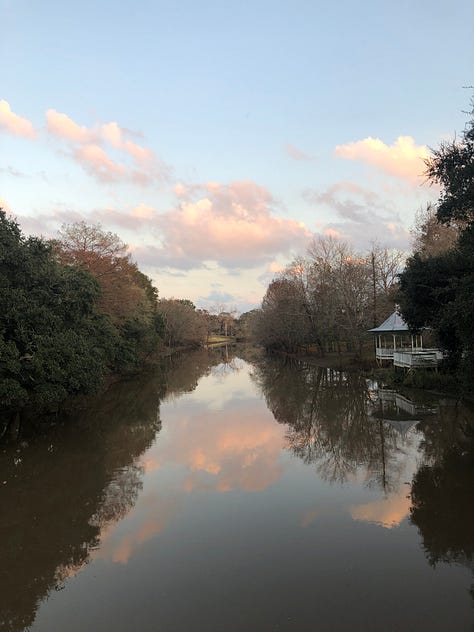
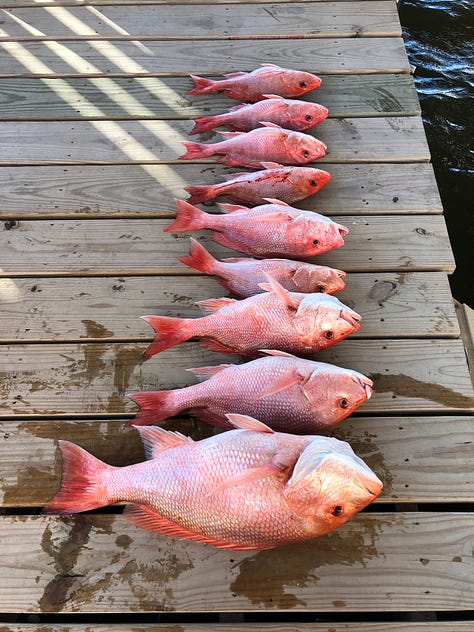

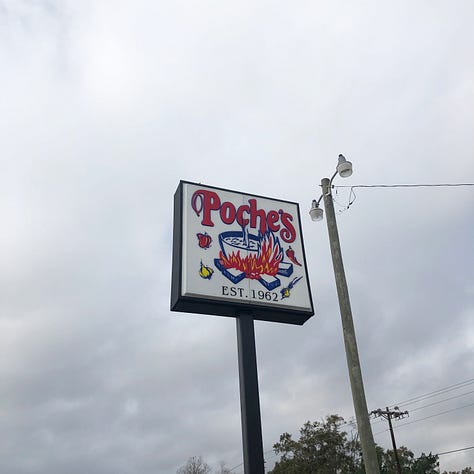
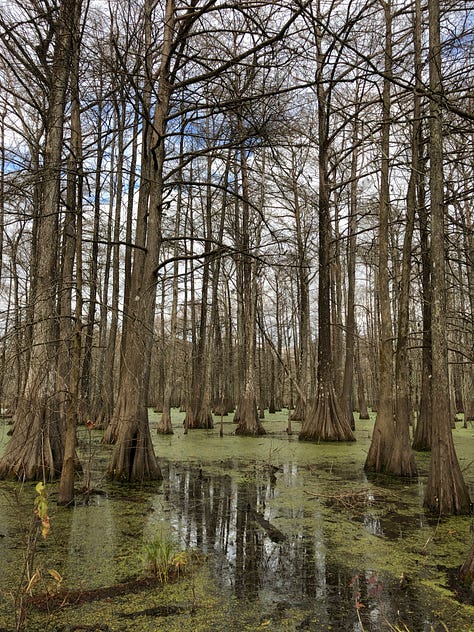
My Louisiana
In my memories of Louisiana there is orange soda. There’s hanging out in the camp — a small white building with a kitchen in my grandparents’ backyard that my Dad built when he was in high school. Everyone gathered and cooked in the camp. There’s the time my uncle threw a firecracker on the playset to scare us kids. There’s how my Mawmaw Betty’s house smells of roux and cooked down, smothered food.
There’s when my Dad took me on a dirt bike and all the times he let us drive the car down straight country roads near my grandparents. My memories hold the rabbits that my Pawpaw Tee Yan kept in runs in the yard, the sugar cane that would grow taller than I was and the time my Pawpaw Tee Yan had us shoot skeet over the sugar cane but said I was too small for the gun’s kickback and only let me shoot a can. I’ve got memories of the way pralines taste. In the holidays, my Mawmaw Betty would mail a tin of it to NC - the pillowy way the sugar spread out in my mouth and coated it.
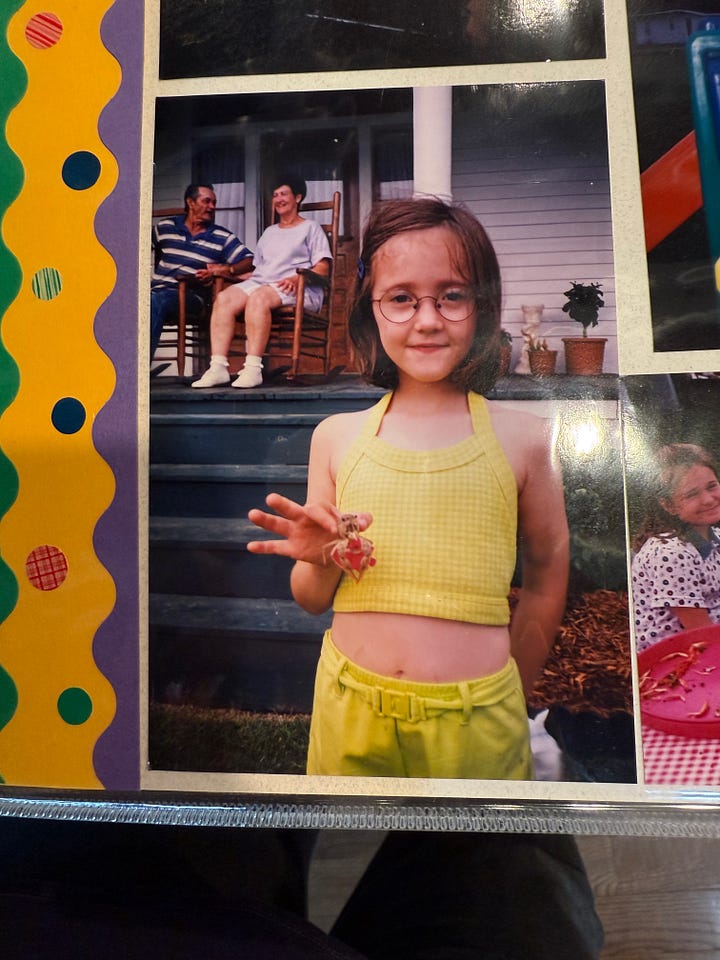
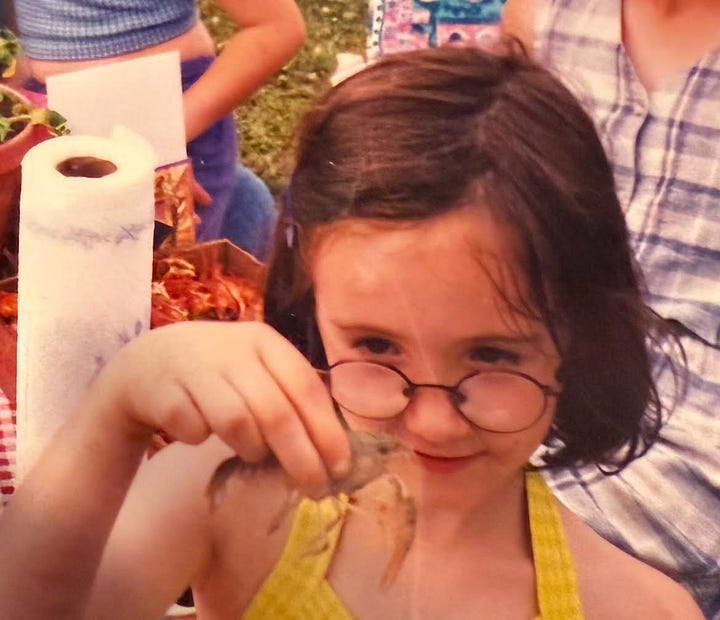
My Dad kept a bottle of Steen’s cane syrup in the fridge in NC, and he’d drip the thick dark syrup over pancakes because it tasted like home. My Louisiana memories are full of stops to Champagne’s Bakery for soft French bread still hot when the red light on the sign was on, boudin from Poche’s still steaming in the Styrofoam and plate lunches from the Capital gas station. My memories are saving a crawfish from a crawfish boil and keeping it in a cardboard box for a few days.
I can taste most of my memories from Louisiana.
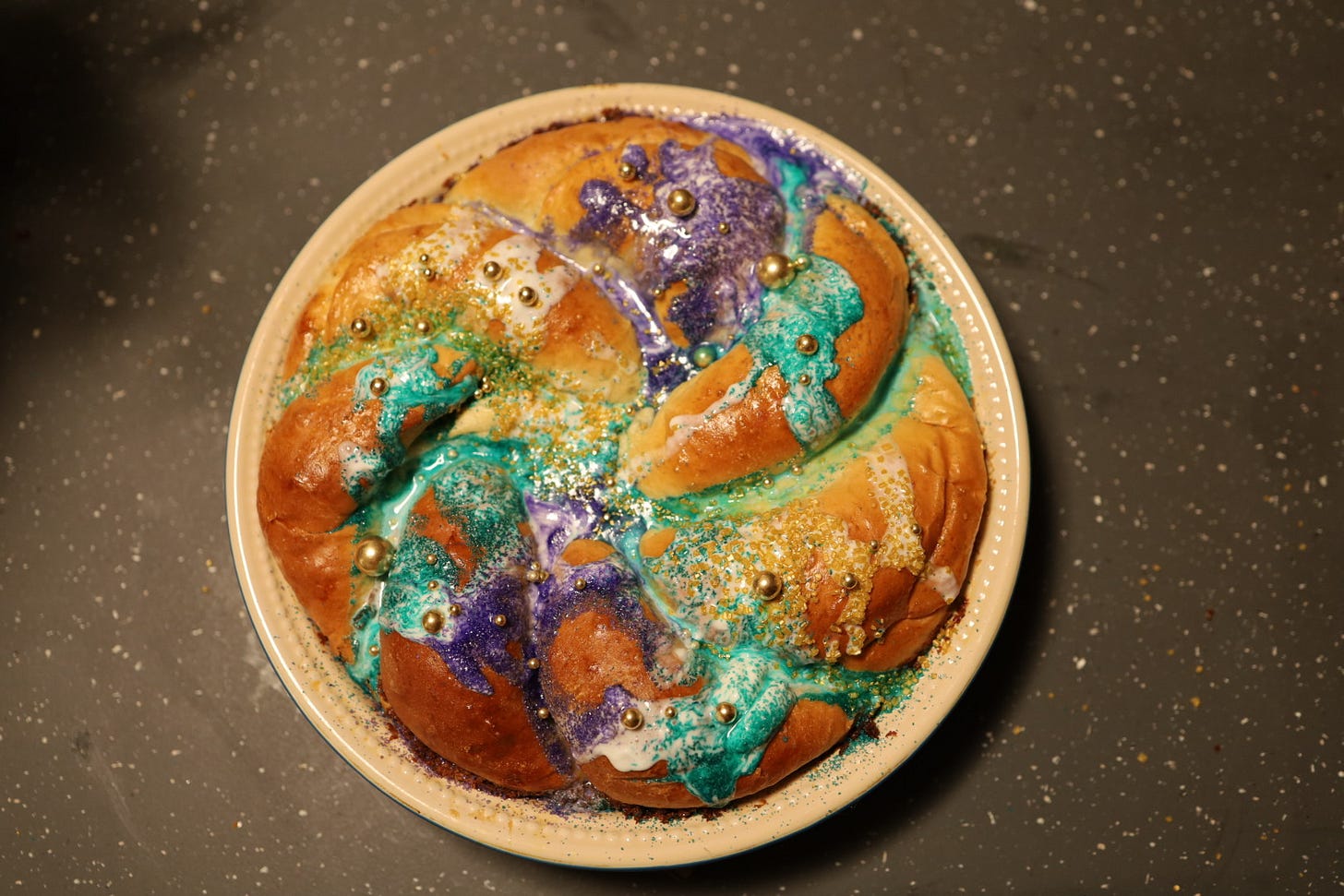
So, for Supper Club, I made Caramelized Fig and Onion Tarts based off Melissa M. Martin’s recipe because my Mawmaw and now my Dad preserve figs. I made rolls and Steen butter - I used to shudder at Steen syrup until Melissa M. Martin’s cookbooks taught me I could use it for more than a pancake topping. I shook together a vinegarette with Poirier's Cane Syrup and satsuma oranges and poured it over a radicchio salad because my Mawmaw Betty and Pawpaw Tee Yan had a satsuma tree in their backyard, bright orange with fruit. There was a crab and corn bisque that I topped with Louisiana Crystal hot sauce. We served a crawfish etouffee pot pie. I grew up special requesting crawfish etouffee from my Dad until finally, I asked him to teach me how to make it. For a while, I called him every time I cooked it just to be sure. I start with a roux — my Mawmaw Betty taught me how to make a roux over Facetime, you can’t walk away from stirring for a minute or it’ll burn, she’d tell me. I made a king cake and satsuma posset for dessert, and we sipped coffee & chicory. So much of what I made you wouldn’t find in my grandparents or my Dad’s kitchens, but the flavors are there.
What is cooking anyways but a living memory? To make something old, new again.
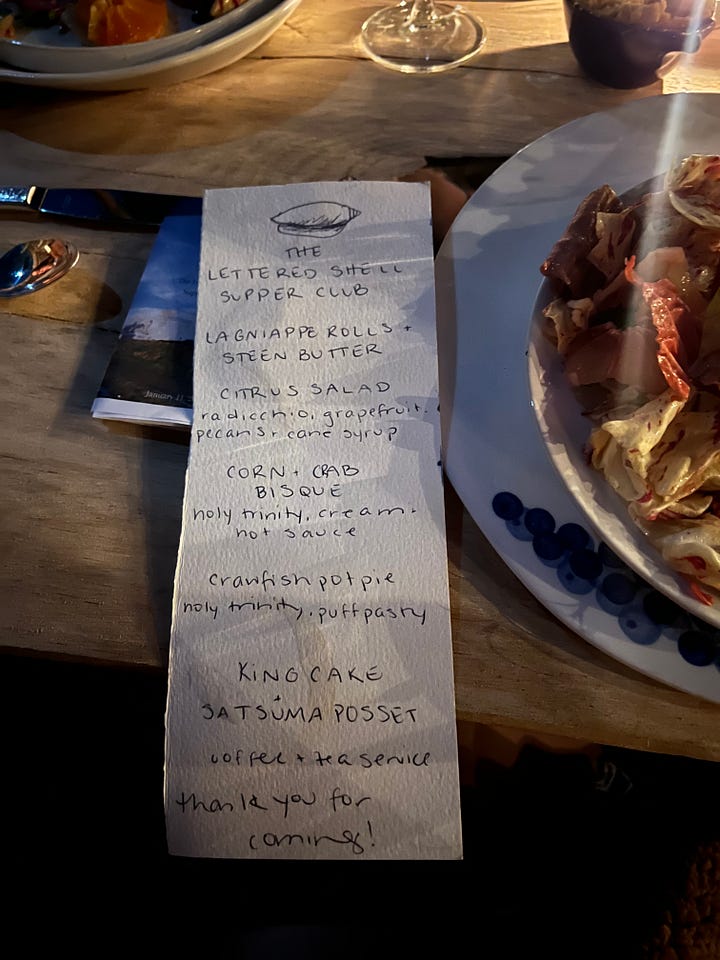
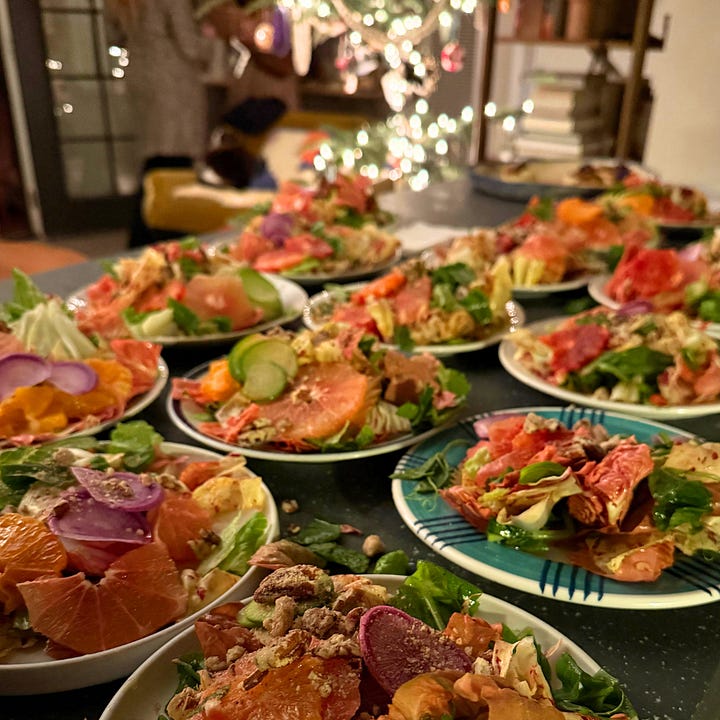
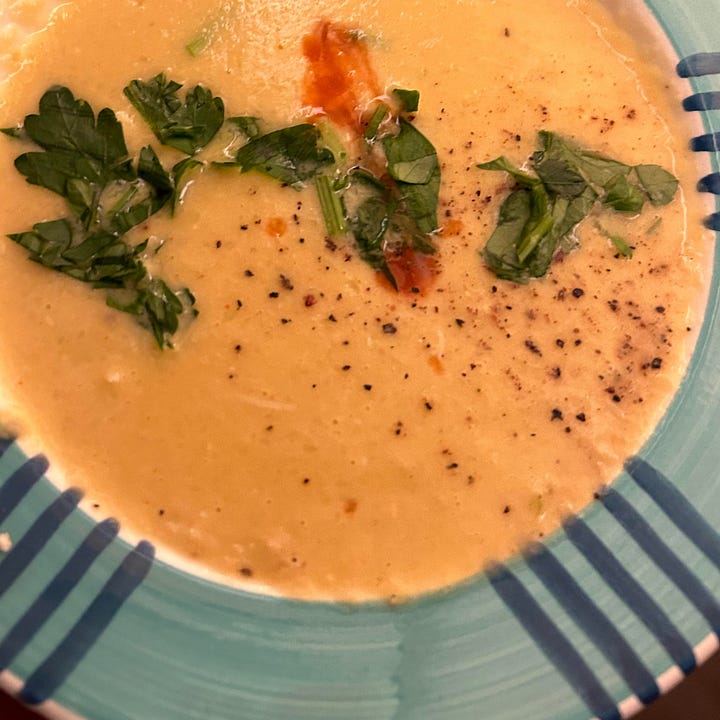
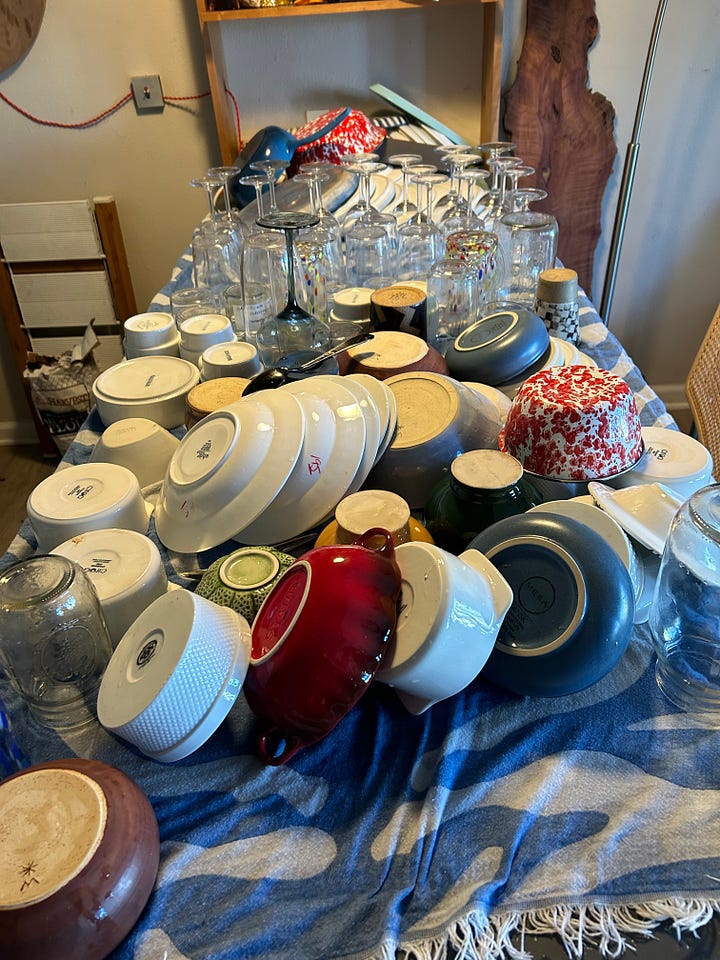
It’s been a few weeks since Supper Club. Notably a few weeks since I handwashed all the dishes the next day (lol, there were 234). My kitchen is clean. Another Supper Club — the planning of dishes, the grocery shopping, the inviting people, the cooking, the serving, the sipping drinks together once it’s all done — is pulling at me again. Will I see you there?
The Lettered Shell Supper Club will be happening again on March 15th in Carlsbad - if you are local and want to join, shoot me an email :) Seating is limited, menu TBD.
My Pawpaw Tee Yan passed last week. He was 96 and, for much of his life, a chef. Felt suiting to send this out in honor of him.
Cooking Resources
Mosquito Supper Club Cookbook by Melissa M. Martin and her newest cookbook, Bayou
Learn to make a King Cake from Bayou Saint Cake
Buy cane syrup from Poirier's Cane Syrup
Let me know in the comments: I really want to know what you would make for a supper club… and if you have a dishwasher :)





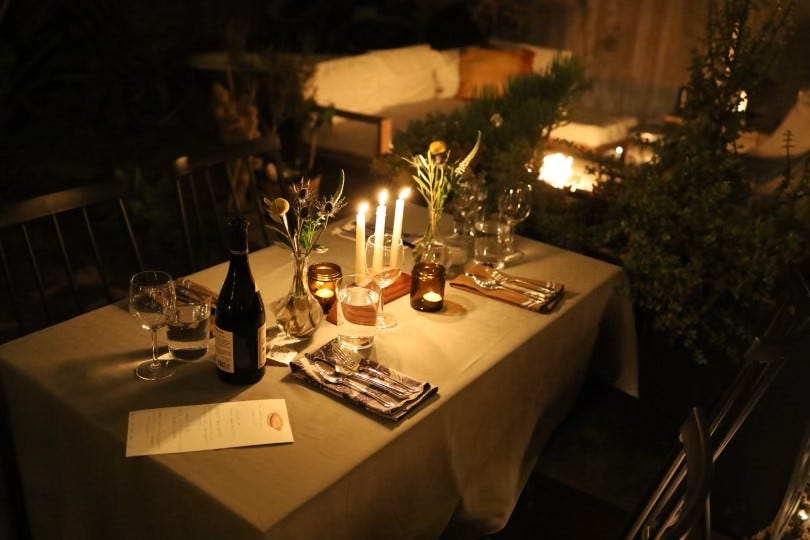
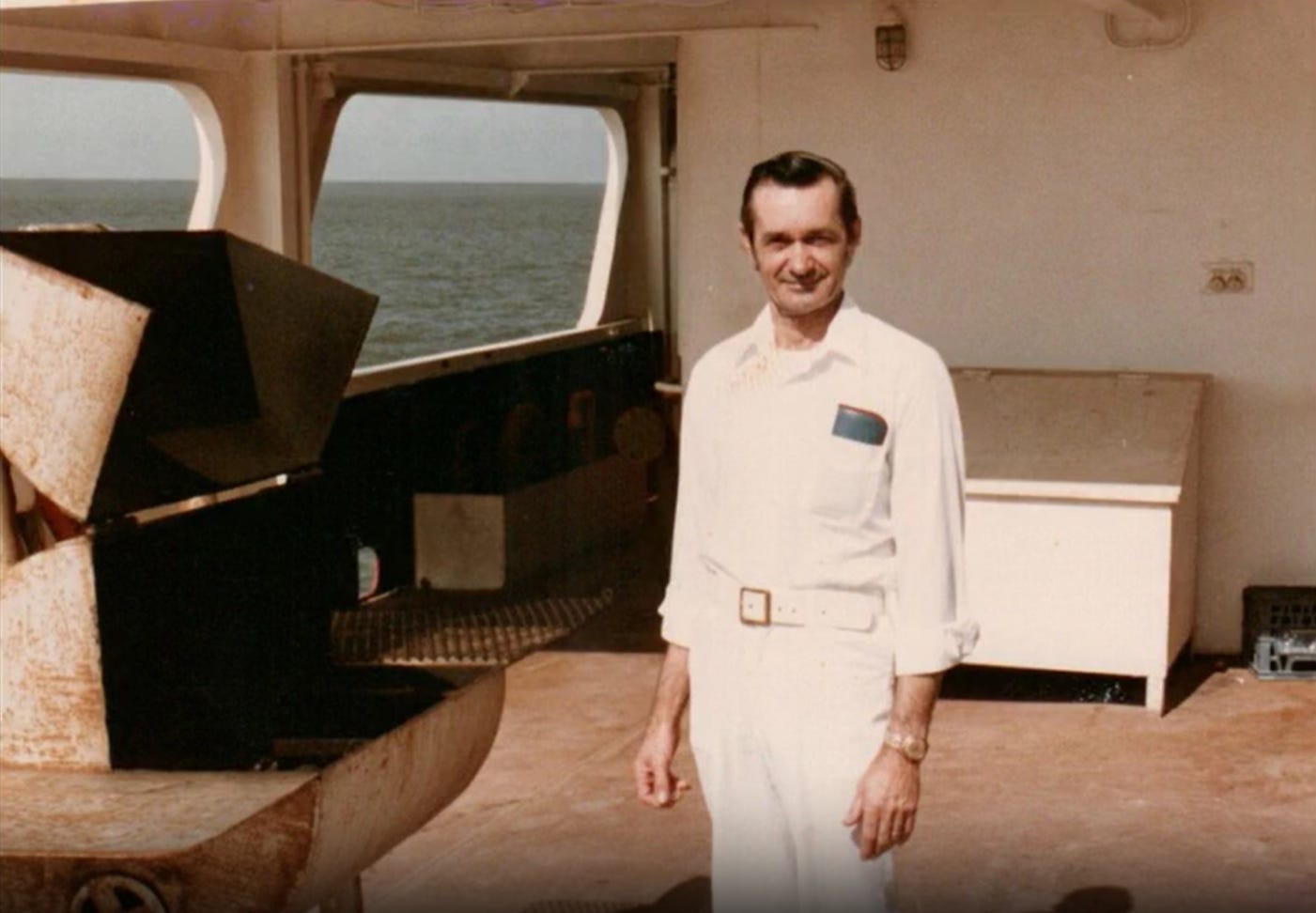
Beautiful imagery, Laura! I was transported to Louisiana with your memories. The picture was a great throwback too- I remember that Laura! Eternal rest, Pawpaw Tee Yan.
Beautiful, Laura! Délicieux!